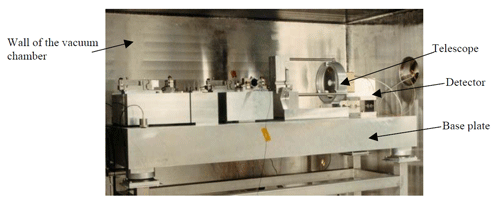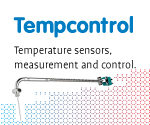An important design philosophy within precision engineering is design principles for precision. One of the pillars of this design philosophy is to “design for stiffness”. The intention is to design such a structure, for instance a frame, that the (mechanical) natural frequency is maximized in order to achieve maximum positional accuracy. The definition of the natural frequency is the square root of the stiffness c divided by the mass m.
$$f=\frac{1}{2\pi} \sqrt{\frac{c}{m}} \:\:\: \text{ [Hz] }$$
When striving for a construction with a high natural frequency, one aims to maximize stiffness and minimize mass. This often leads to box-like constructions consisting of sheet metal.
From a thermal point of view, one often aims to maximize conduction through a structure such that a transient thermal disturbance is quickly spread out to a uniform temperature distribution, limiting thermal gradients and thus bending deformations. In that case, structures with solid cross sections are preferable to box-like constructions. After all, metal still conducts heat much better than air. However, by using sheet metal constructions, the opposite is achieved, as illustrated in Figure 2.

Figure 2: Cross sections: gradient reduction ~ factor 4.
In Figure 3, a test set-up is shown for the optical system of the GAIA satellite [Giesen, 2003]. The set-up is built on a large aluminium base plate. The optical path can be designed such that it is insensitive to homogeneous expansion. Only bending deformations disturb the optical path. The high thermal conductivity of aluminium minimizes temperature gradients and thus bending deformations. The total mass of the test set-up is 335 [kg]. The high heat capacity ensures that temperature changes occur slowly.

Figure 3: GAIA test set-up by TNO
Thermal contact resistances between different components are also very important in the thermal behaviour of a structure, but not discussed here.
